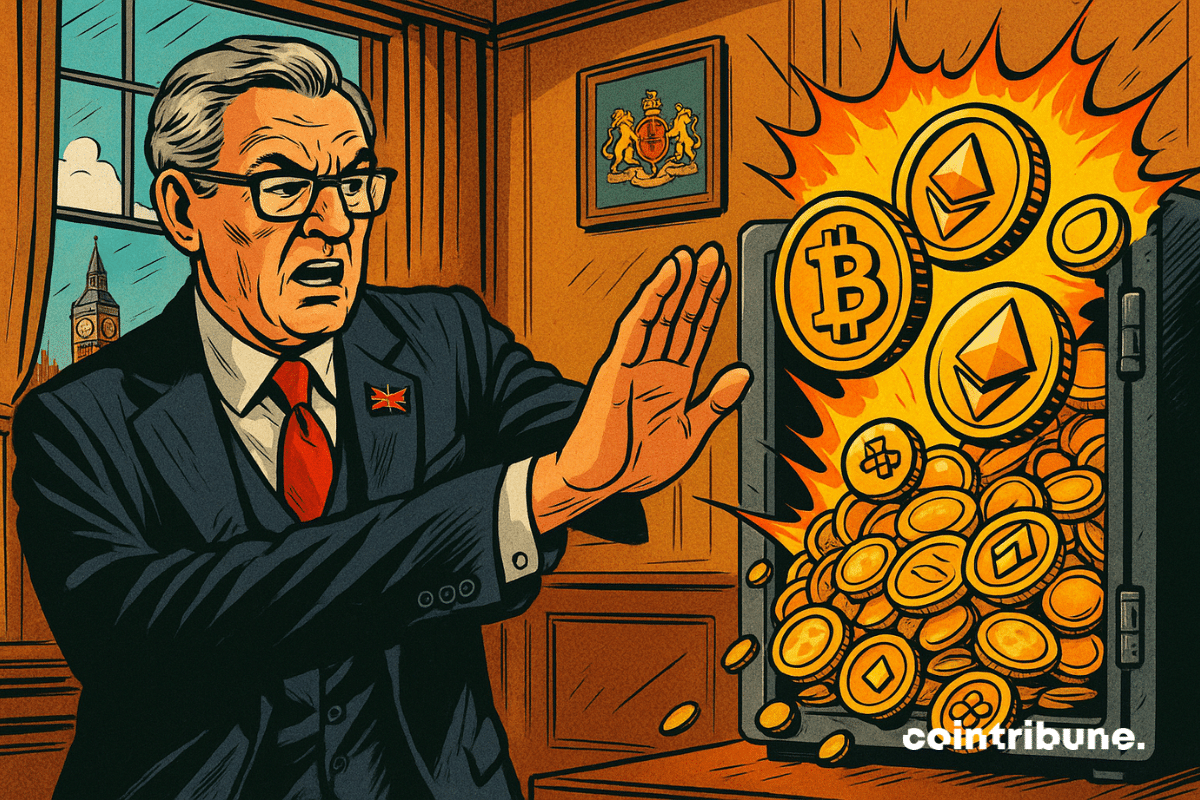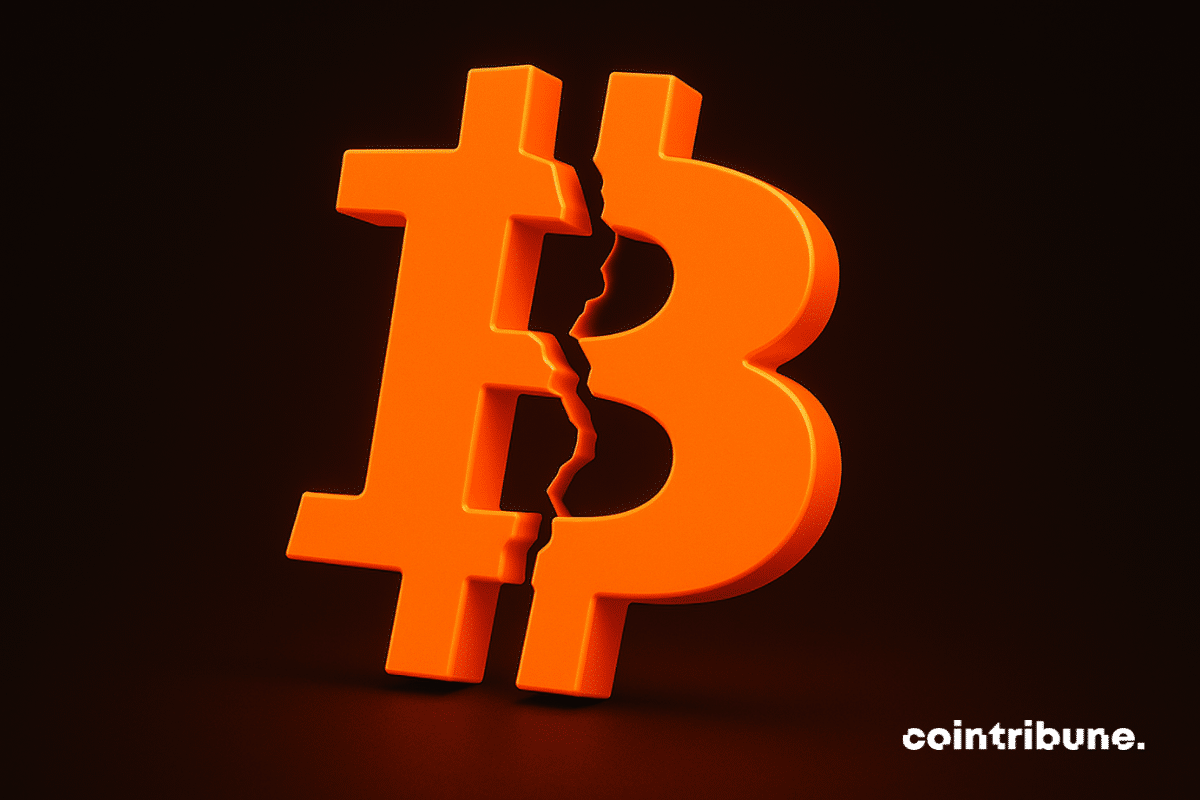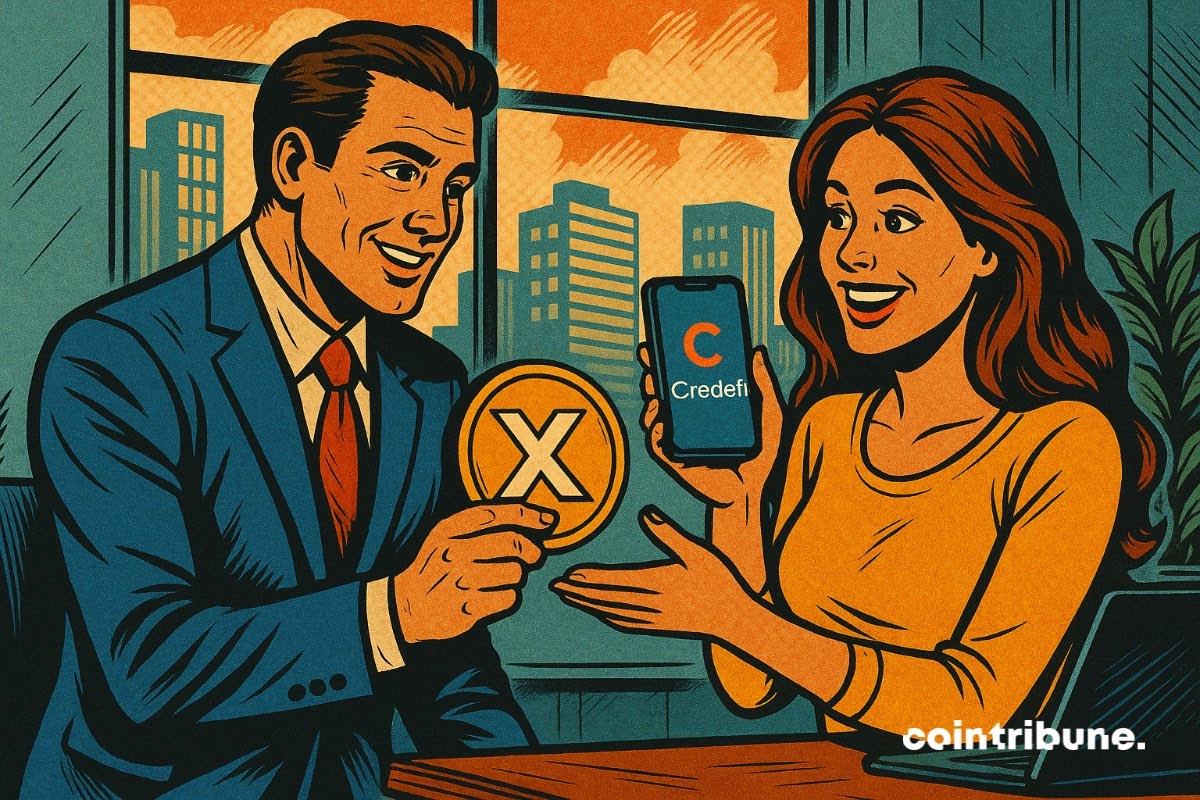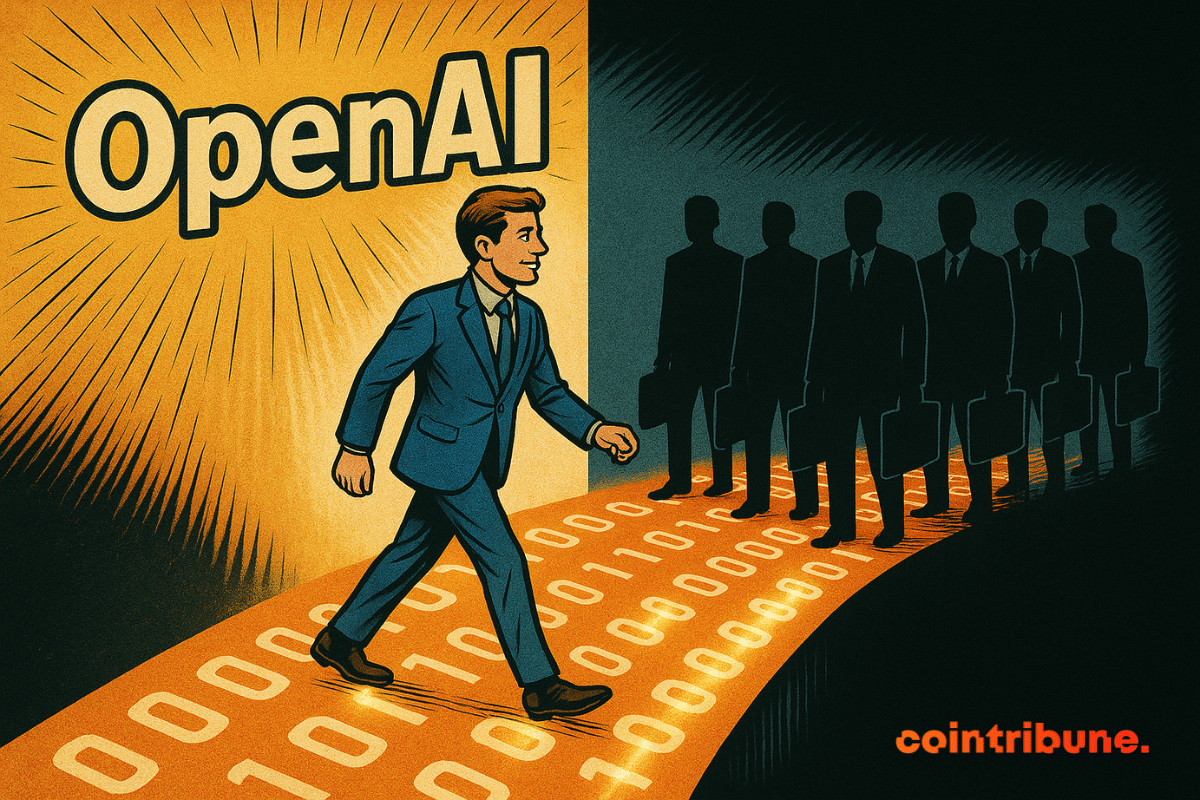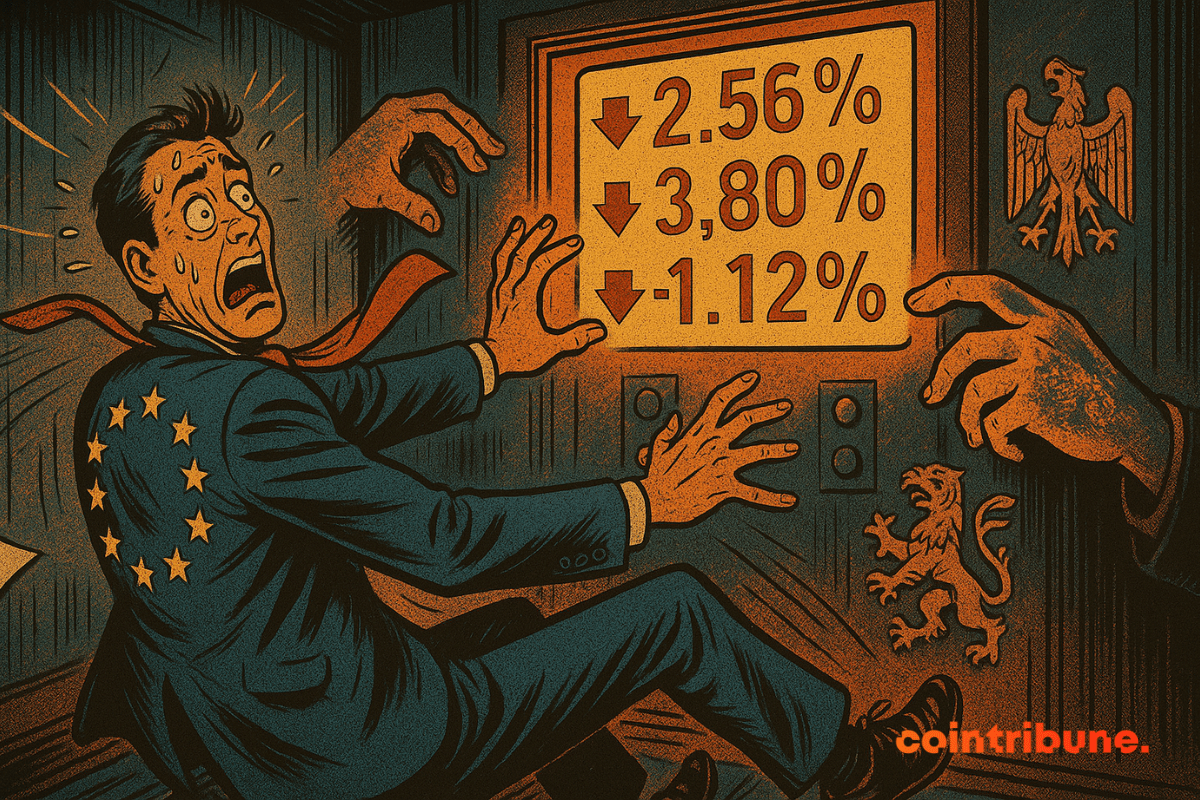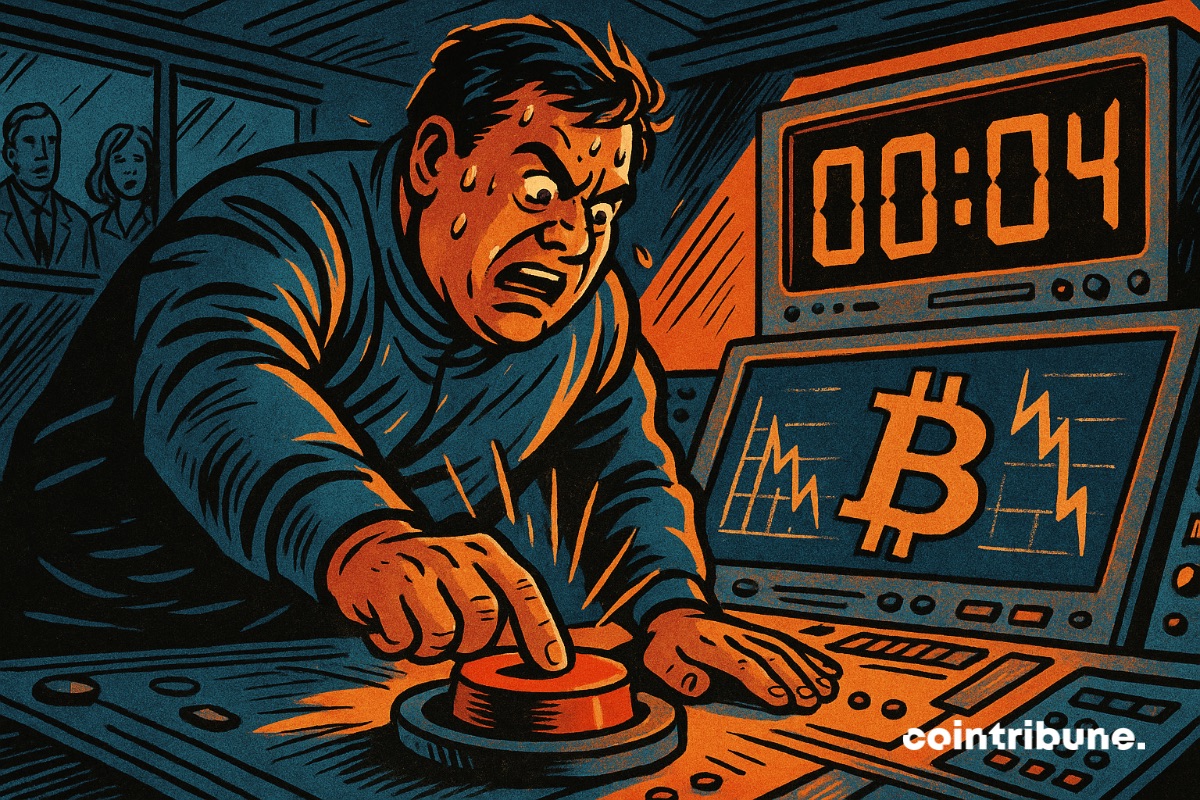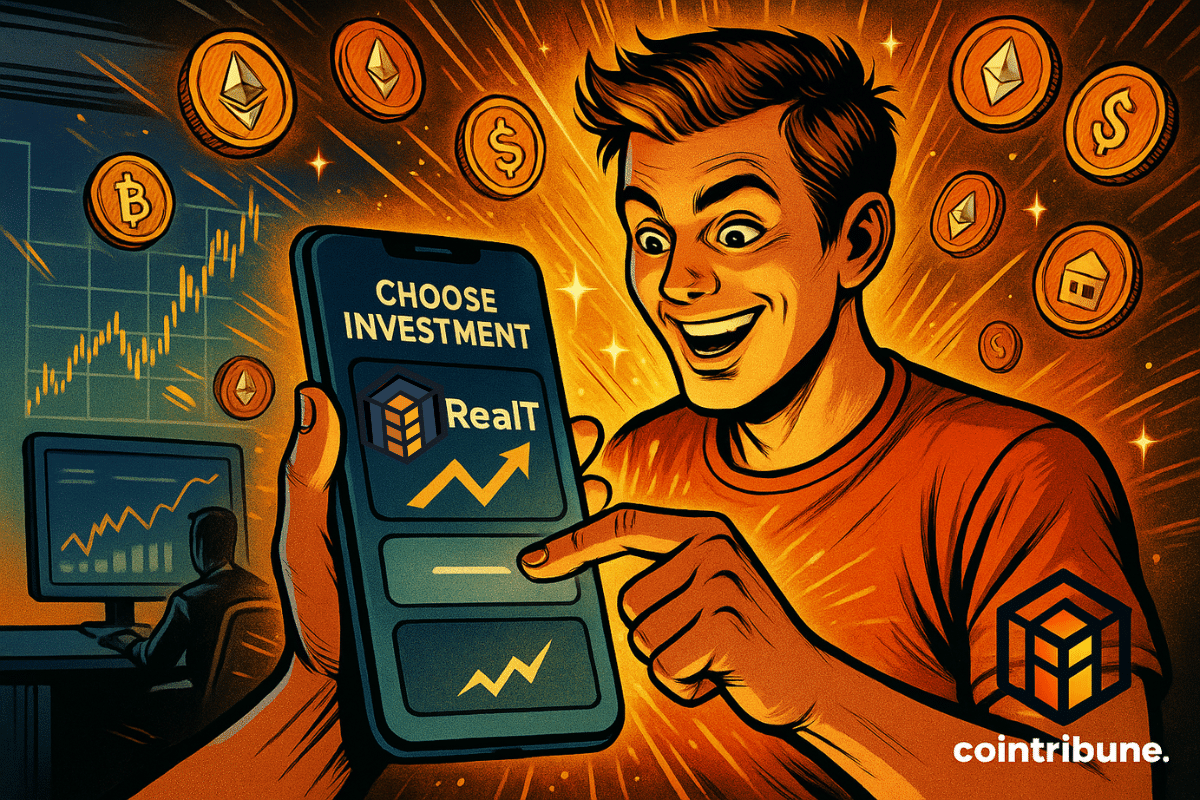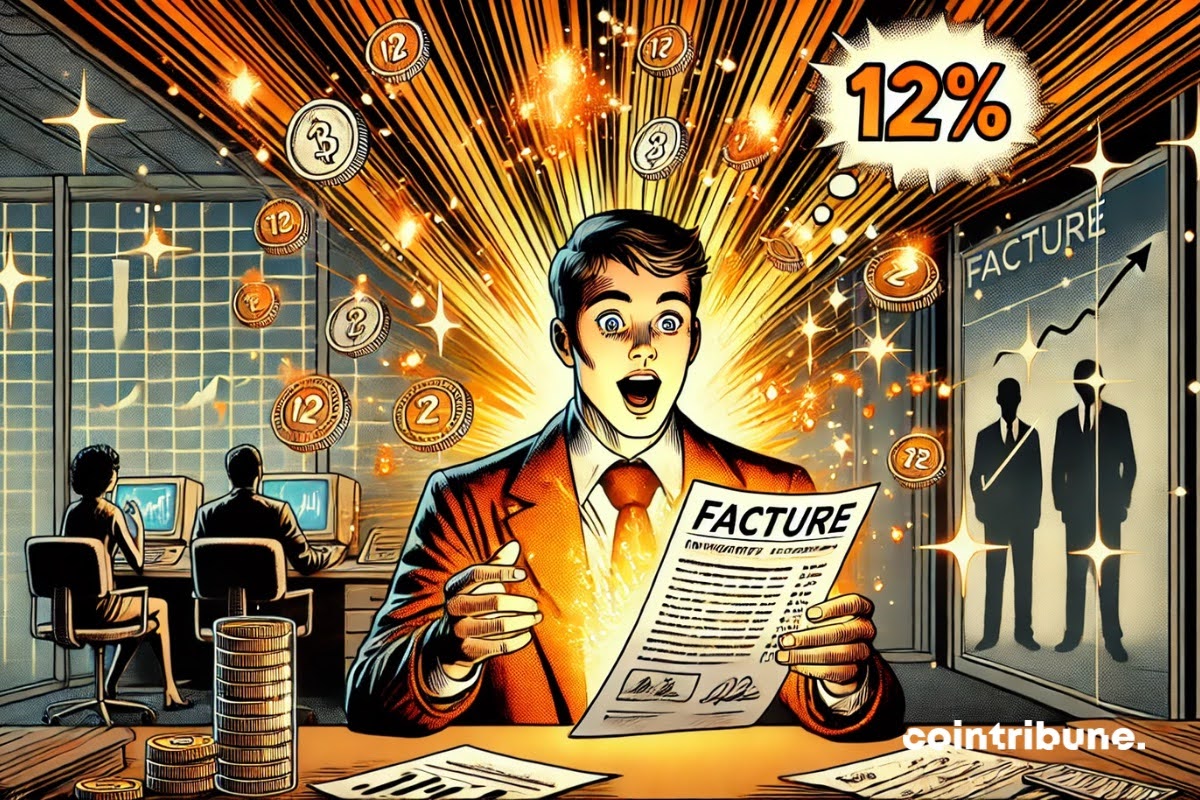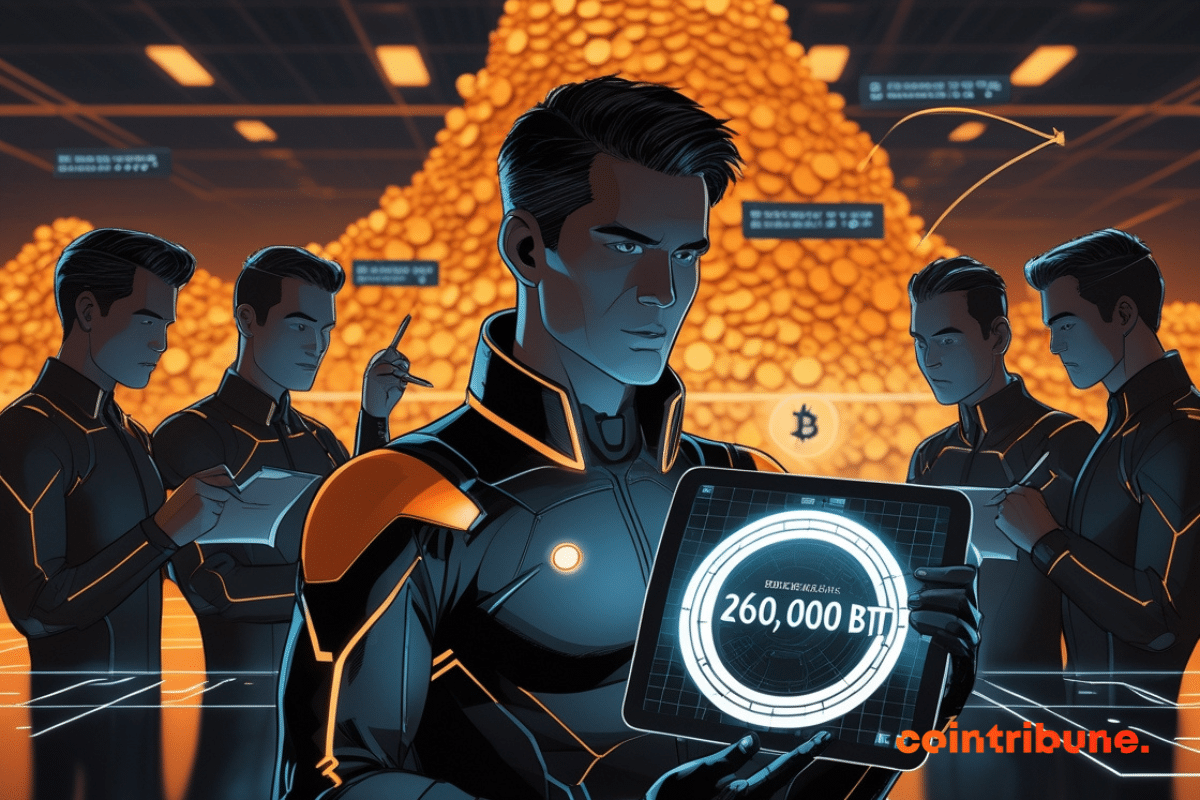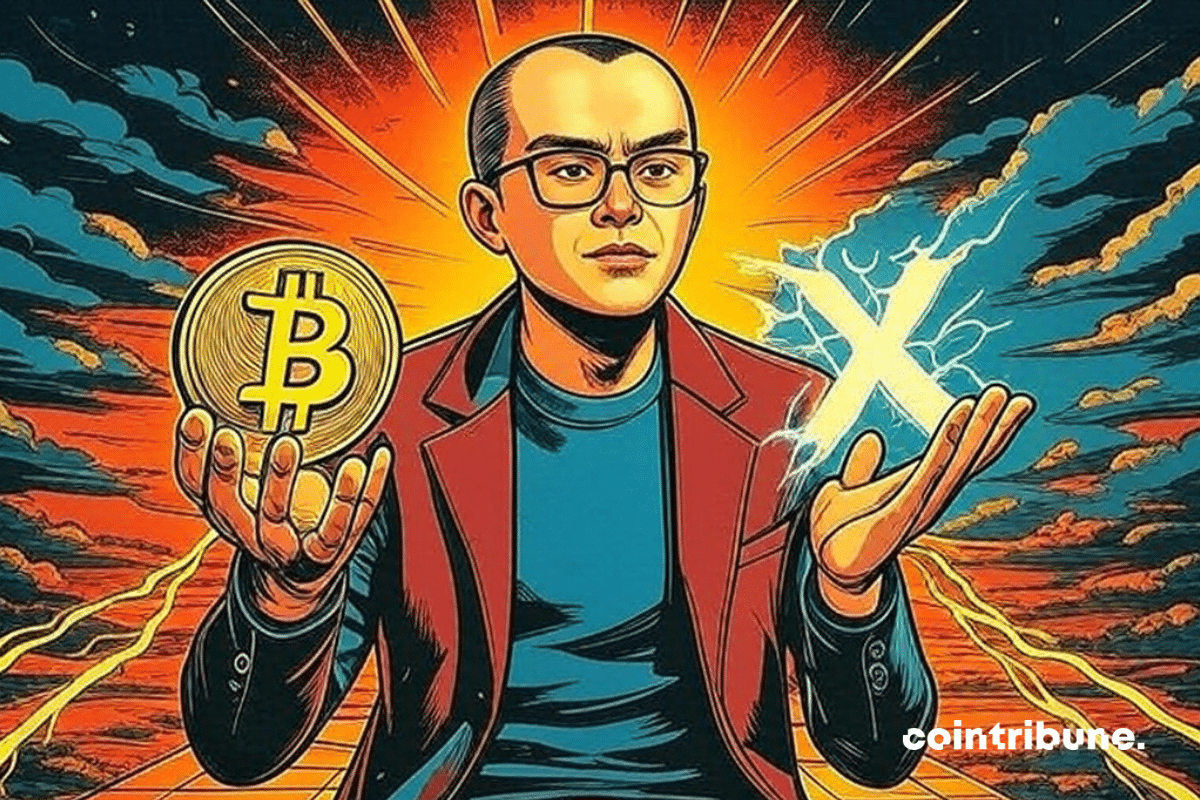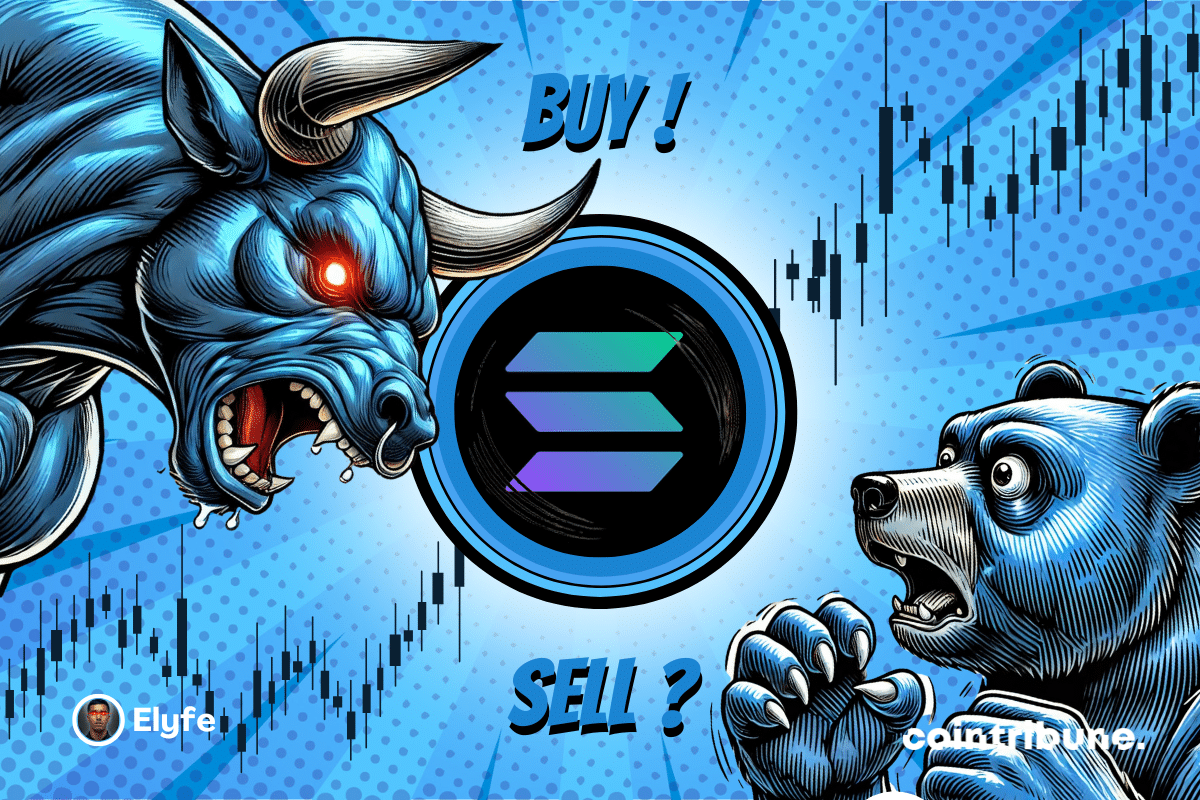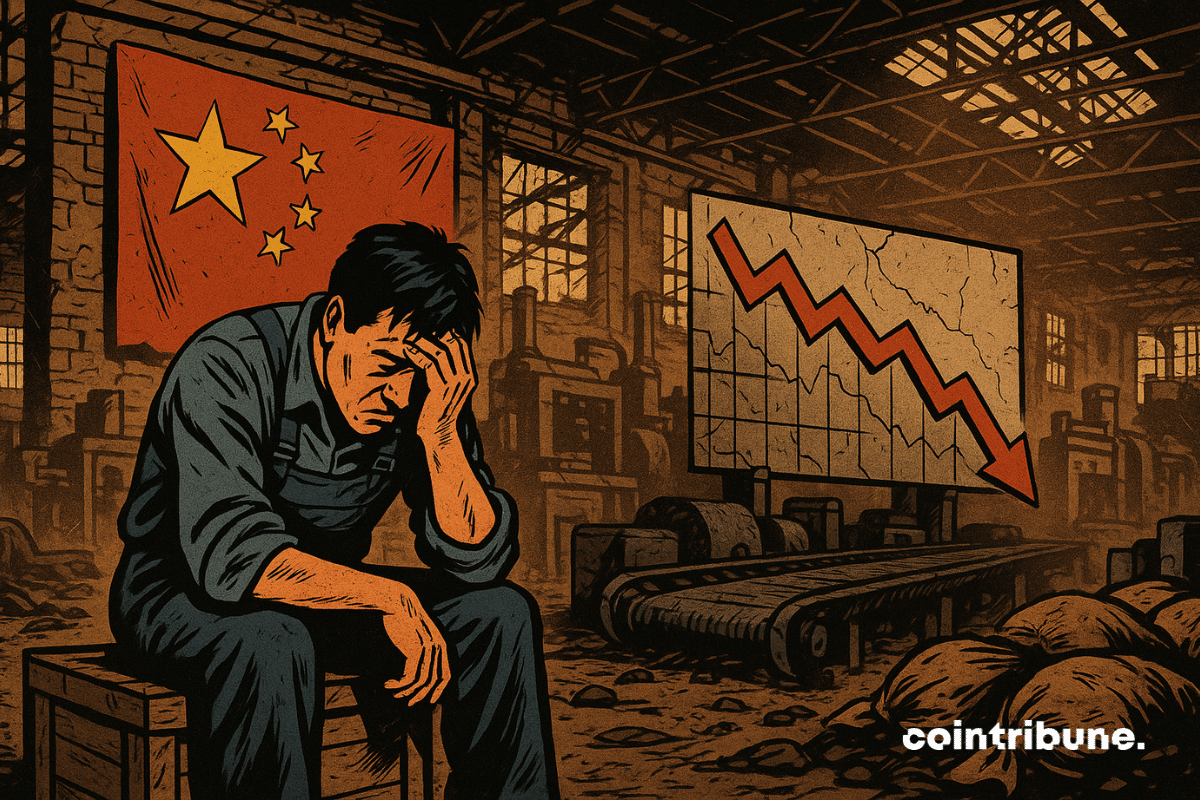Ripple’s Chief Legal Officer, Stuart Alderoty, has criticized Elizabeth Warren, a United States Senator representing Massachusetts, for opposing key legislation aimed at regulating stablecoins in the United States.
Article long
While several economic powers consider integrating bitcoin into their reserves, the United Kingdom opts for a strategic break. No national reserve in crypto will come to fruition, the Treasury confirmed at the FT Digital Asset Summit in London. This decision sharply contrasts with the offensive approach of the United States under the Trump administration. What does this choice reveal about the British crypto vision? And what will be the implications for London’s position in the global digital ecosystem?
A troubling change in philosophy is at work among the Bitcoin Core developers who are turning a deaf ear to consensus.
Bitcoin takes a pause after a bullish surge: find our comprehensive analysis and the current technical outlook for BTC.
2025 marks a turning point for Real-World Assets (RWA) in decentralized finance. Long regarded as the missing link between the real economy and Web3, RWAs are finally gaining momentum thanks to blockchain infrastructures designed for the concrete use cases of trade financing. Among the pioneers of this convergence are Credefi and XDC Network, who are announcing a strategic alliance to democratize access to tokenized credit for European SMEs, with real guarantees, stable returns, and end-to-end regulatory compliance.
Altman turns his coat and pulls out his benefactor's cape: OpenAI swears allegiance to its non-profit soul, while Musk screams about the heist of artificial intelligence...
European markets began the week without a clear direction, caught between two major uncertainties: the upcoming decisions of central banks and fears of a global trade tightening. On Monday, May 5, the main financial markets show clear caution, illustrated by slightly declining indices and low trading volumes. Indeed, investors are anxiously awaiting the next announcements from the Fed and the Bank of England, in an environment where every monetary or diplomatic signal can shift the trend.
The crypto market sometimes holds surprises that shake up the usual references. This is the case with XRP, whose derivatives have just experienced a spectacular surge: +62.99% in volume over 24 hours, or $4.52 billion according to Coinglass. This is a significant jump that contrasts with the decrease in open interest, suggesting a speculative enthusiasm tinged with caution. This imbalance between excitement and restraint intrigues industry players and fuels speculation about the evolution of the Ripple ecosystem.
Bitcoin is holding its breath. In a context where every economic decision can shake the markets, the most coveted digital asset seems ready to reach a new milestone. Amid conflicting signals and feverish expectations, one thing is certain: here are 5 key factors that will make this week anything but ordinary.
The recent scandal surrounding Mantra (OM) has shaken the crypto sphere, rekindling deep concerns about governance and transparency in the realm of real-world assets (RWA). However, beyond the turmoil, some players like RealFin see in this crisis an opportunity: to demonstrate that another model is not only possible but necessary.
When Elon Musk plays politics with Trump, it's Tesla that stumbles at the start. Between free falls, a hesitant board, and angry tweets, the Empire of the tweet dangerously wavers.
In the crypto market, opportunities do not announce themselves. They explode. At a time when every pump can generate exceptional gains in just a few hours, missing these movements often means missing the essence. However, detecting and capturing these impulses in real-time is a true challenge, even for a seasoned trader. Hence the interest in automating one's strategy with Runbot and the SuperTrend indicator.
Real estate remains an essential investment sector, but it presents high entry barriers. Purchasing properties requires significant capital and complex procedures. Today, decentralized finance (DeFi) and blockchain are disrupting this model by offering more accessible solutions. RealT applies these innovations to real estate investment by enabling the purchase of property shares in the form of tokens. This model facilitates access to ownership and enhances the liquidity of real estate assets. Thanks to DeFi, investors can use their tokens to generate additional returns. RealT thus positions itself as a bridge between traditional real estate and decentralized finance, creating new opportunities for investors.
Real estate investment attracts many investors due to its stability and appreciation potential. However, access to this market remains restrictive due to high costs and complex administrative procedures. The tokenization of real estate simplifies these barriers by making the purchase and management of properties more accessible. RealT allows investors to acquire fractions of properties through blockchain technology. This approach offers increased liquidity and passive income in stablecoins. This article explores how RealT works, the steps to purchase real estate tokens, as well as the profitability and successful investment case studies.
Real estate investment remains a preferred option for securing capital. However, financial and administrative constraints make this market difficult to access. Purchasing real estate requires substantial capital and lengthy processes, hindering many investors. Blockchain is revolutionizing this sector by enabling the tokenization of real estate assets. This innovation facilitates the acquisition and management of properties by eliminating intermediaries. RealT leverages this technology to make real estate investment more flexible and accessible. Its solution combines transparency, liquidity, and automation of rental income. This article analyzes the limitations of the traditional real estate market, the role of blockchain, and the advantages of RealT as a modern alternative.
As oil prices plummet and demand remains sluggish, OPEC+ surprises by announcing a massive increase in its production starting in June. Eight members of the cartel break with recent caution and reignite uncertainty in an already tense market. Behind this turnaround lies a possible geopolitical and economic turning point, between a strategy of recovery and calculated risk-taking. This decision could reshape global energy balances.
Buffett leaves the ship in the middle of a storm, handing the helm to Abel and a fortune along the way. And he continues to preach discipline, even surrounded by flames, debts, and burning cryptos.
Vitalik wants to shave for free: no more gas factories, a return to a comprehensible Ethereum without a doctorate, with a RISC-V machine as the engine and a layer 1 as clean as a new penny.
Real estate investment attracts many savers. However, financial and administrative barriers make access difficult. Buying a property requires significant capital, rigorous management, and market knowledge. Fractional investment offers an alternative and allows one to acquire shares of a property with reduced capital. It is a model that simplifies management and offers greater accessibility. RealT stands out in this field. This platform uses blockchain technology to make real estate investment more transparent and flexible. Its model allows purchasing fractions of properties starting from a few dozen dollars while generating regular rental income. Let’s review this form of investment through this article.
Cryptos have revolutionized investing, but their high volatility worries many investors. Diversification becomes a necessity to limit risks associated with market fluctuations. Real estate offers a stable alternative, but access remains complex for crypto users. RealT simplifies this approach by integrating tokenization and decentralized finance. The platform allows for easy investment in real estate and receiving income in stablecoins. This solution increasingly attracts investors looking to secure part of their capital. This article analyzes the reasons behind RealT's success and its benefits for the crypto community.
Cryptocurrencies have revolutionized investment by offering new strategies to investors. This dynamic market allows access to high returns, but it also exposes investors to significant volatility. To secure their capital, many investors are seeking stable solutions. Real estate represents a reliable refuge, with a slowly progressing value and regular rental income. However, purchasing a property with cryptocurrencies remains complex due to legal and financial constraints. RealT simplifies this transition by tokenizing real estate to enable direct access via blockchain. This article explains how RealT facilitates real estate purchases, enhances diversification, and automates crypto payments.
Real estate investment attracts many investors, but it comes with significant constraints. The required capital is often high, the administrative procedures are complex, and reselling a property takes time. Blockchain is transforming this market by facilitating access to real estate through tokenization. RealT offers an innovative solution that allows individuals to acquire shares in real estate properties in the form of tokens. This approach simplifies investment, provides more liquidity, and ensures passive income in stablecoins. This article details how RealT works, real estate tokenization, its advantages over traditional purchasing, and the security guarantees offered to investors.
The dollar has slowed down, but global markets are holding their breath. After three weeks of rising, the greenback is losing ground, driven by a more robust employment report than expected. However, tensions persist: a resilient growth, stagnant rates, and ongoing tariff uncertainties. Cryptos are not exempt from this monetary ballet. For crypto traders, every fluctuation of the dollar redraws the risk map, shifts the boundary of volatility, and reshapes liquidity expectations.
In a context where traditional finance struggles to meet the needs for returns and accessibility, RealT continues to shape the story of tokenization. After democratizing fractional real estate investment, the platform is launching a new, unprecedented product: the Factoring Token, a tokenized financial asset offering up to 12% annual returns. An innovation tailored for savvy crypto investors and enthusiasts of alternative finance.
Europe, once hesitant about Bitcoin, wants its MicroStrategy: TBG plans for 260,000 BTC by 2033. A strong plan that tickles the ECB and shakes the markets.
CZ, as an apostle of the crypto freedom, bet 500 million on X to free the tweets... all while hoping that Elon Musk hunts down the bots that are proliferating.
While the crypto market regains its strength, a silent threat resurfaces. Binance, one of the main trading platforms, warns of the increase in scams related to fake tokens. Imitating legitimate projects, these scams are ensnaring more and more investors, sometimes seasoned ones. In a context of euphoria and a massive return of capital, this drift calls into question the security of exchanges.
Solana shows a promising technical rebound. Find our complete analysis and the current technical outlook for SOL.
Ripple, which wanted to acquire Circle for 5 billion, got the door slammed in its face. Result: a duel of stablecoins where USDC does not intend to let itself be overshadowed.
The Chinese industry is showing signs of weakness. For the first time in over a year, the country's manufacturing activity has contracted, according to the latest figures from the National Bureau of Statistics. Indeed, the new tariff offensive launched by Donald Trump, with customs duties reaching up to 145%, is beginning to have an effect. In Wall Street as in Beijing, concern is rising. This trade standoff between the two powers awakens fears of a global slowdown with systemic consequences.

